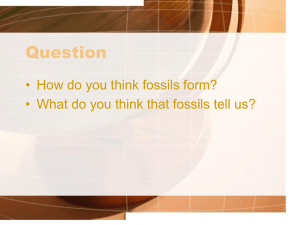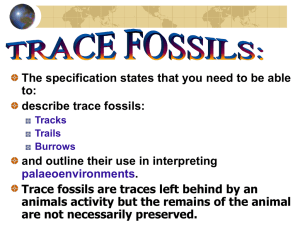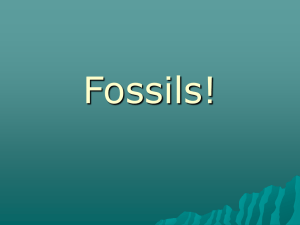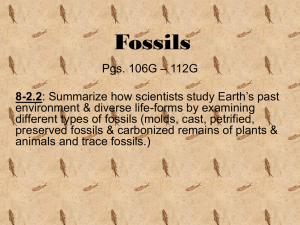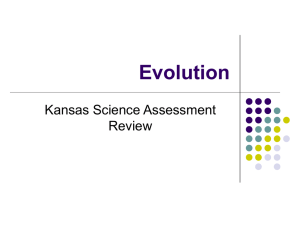Tables & Graphs Cornell Notes IAN Page 17
advertisement
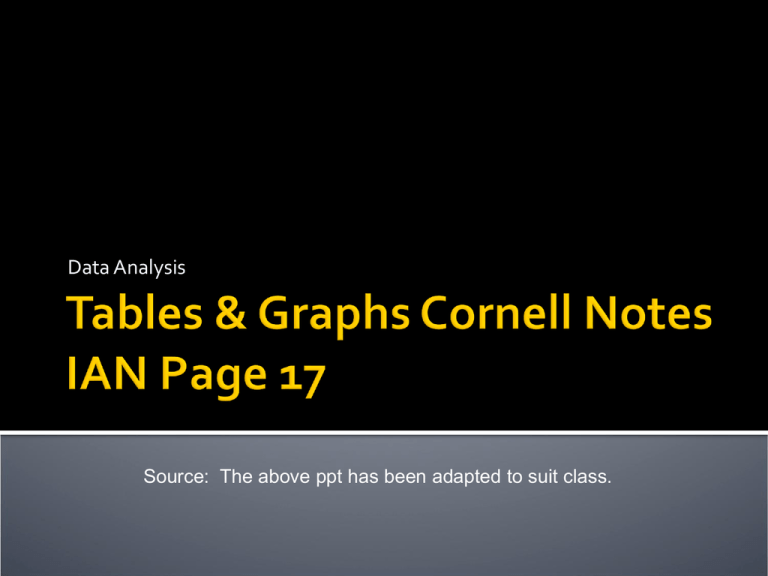
Data Analysis Source: The above ppt has been adapted to suit class. What is the purpose of a data table? What are the 3 key parts of a data table? What is the purpose of a graph? Describe two types of common graphs How do I make a graph? Data table is used to: Collect & record data during an experiment Keep track of experimental trials Title Tells purpose of experiment Mentions both the I.V. & D.V. Columns Left usually used to record the I.V. from smallest to largest Right usually used to record D.V. ▪ Multiple trials are recorded as subdivisions of the D.V. column Averages The values of the multiple trials are averaged & recorded in a final RIGHT column, next to the D.V. column Graphs are used to represent your data findings They help you analyze & communicate your data Need graphs to help report your results Line Graph Used when I.V. is a quantitative (involves numbers) measurement. When the data is continuous, in other words there are an infinite number of values in between two listed values. Examples: height, length, volume, mass, time, etc. Bar Graph Used when I.V. is qualitative (doesn’t involve numbers) or categorical or when COUNTING which does involve numbers, but there are not an infinite number of values in between. You can’t have 1.2 people. ▪ Examples: days of the week, colors, types, brand names, counting,etc. Clearly label your title, y-axis, and x-axis Include units and/or names Ex: cm, seconds, brands, types, etc. Remember to graph on the correct axes I.V. goes on the x-axis D.V. goes on the y-axis DRY MIX Dependent Responding Yaxis Manipulated Independent Xaxis What is the relationship between the distance below the surface and the number of fossils collected? The students collected three buckets at each location. At 80 cm below there were 0, 0, and 1 fossil; 140 cm had 2, 3, and o fossils, 200 cm had 8, 10 and 7 fossils, 260 cm had 15, 16, and 16 fossils; and 320 cm had 32, 30, and 35 fossils. What is the relationship between the distance below the surface and the number of fossils collected? The students collected three buckets at each location. At 80 cm below there were 0, 0, and 1 fossil; 140 cm had 2, 3, and o fossils, 200 cm had 8, 10 and 7 fossils, 260 cm had 15, 16, and 16 fossils; and 320 cm had 32, 30, and 35 fossils. What is the relationship between the distance below the surface and the number of fossils collected? The students collected three buckets at each location. At 80 cm below Underline your IV & DV there were 0, 0, and 1 fossil; 140 cm had 2, 3, and o fossils, 200 cm had 8, 10 and 7 fossils, 260 cm had 15, 16, and 16 fossils; and 320 cm had 32, 30, and 35 fossils. What is the relationship between the distance below the surface and the number of fossils collected? The Copy all ofstudents the I.V. datacollected in one color.three buckets at each location. At 80 cm below there were 0, 0, and 1 fossil; 140 cm had 2, 3, and o fossils, 200 cm had 8, 10 and 7 fossils, 260 cm had 15, 16, and 16 fossils; and 320 cm had 32, 30, and 35 fossils. Copy all the D.V. data in another color D.V. What is the relationship between the distance below the surface and the number of fossils collected? The Copy all ofstudents the I.V. datacollected in one color.three buckets at each location. At 80 cm below I.V. there were 0, 0, and 1 fossil; 140 cm had 2, 3, and o fossils, 200 cm had 8, 10 and 7 fossils, 260 cm had 15, 16, and 16 fossils; and 320 cm had 32, 30, and 35 fossils. Copy all the D.V. data in another color Now, draw the number of columns you think you will need fill in is thethe datarelationship where you thinkbetween it belongs. the Remember and What distance to includethe enough columns for the multiple trials & of averages below surface and number fossils (hint: You will use 5 columns?) collected? The students collected three buckets at each location. At 80 cm below there were 0, 0, and 1 fossil; 140 cm had 2, 3, and o fossils, 200 cm had 8, 10 and 7 fossils, 260 cm had 15, 16, and 16 fossils; and 320 cm had 32, 30, and 35 fossils. D.V. Multiple Trials I.V. # of Fossils Collected # of Fossils Collected # of Fossils Collected Bucket 1 Bucket 2 Bucket 3 80 cm 0 0 1 0 140 cm 2 3 0 2 200 cm 8 10 7 8 260 cm 15 16 16 16 320 cm 32 30 35 32 Distance Below Surface Average # of Fossils Collected Decide which type of graph would be most appropriate for this set of data and create your graph Remember to label and title and include relationship statement. Fossils collected vs. distance below the surface (cm) DRY MIX Relationship statement Number of fossils collected 32 As the distance below the surface increases, the number of fossils collected increases exponentially 28 24 20 16 12 8 4 0 50 100 150 200 250 300 350 400 Distance below the surface in cm.


